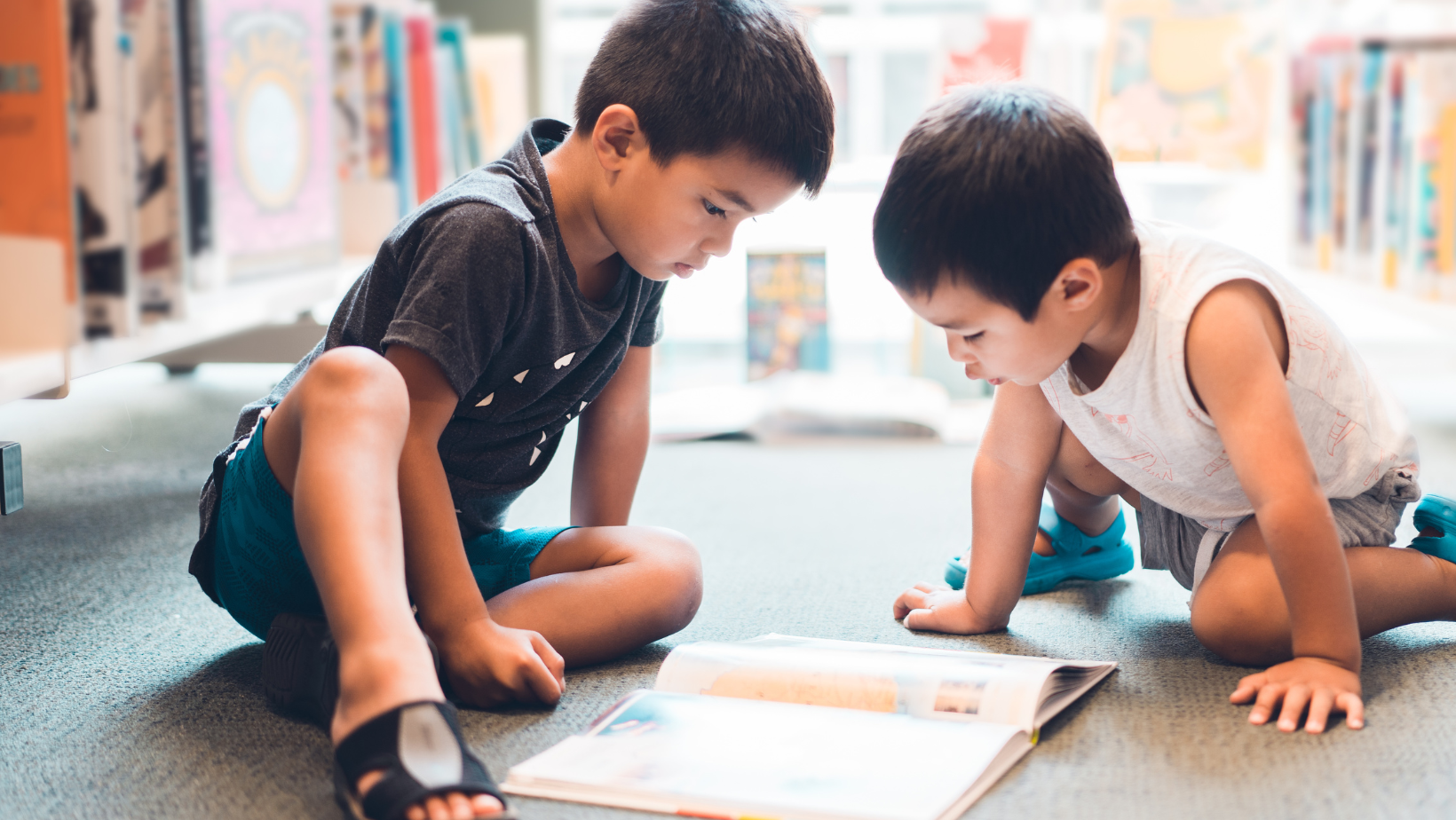BLOG This is How I Help

I am not in denial and I admit that it looked a little awkward. The scene took place in the waiting area of a local hair salon. My son, a small 23-year-old, was sitting on a chair with his fingers pressing on his ears to block out the noise. A 4-year-old boy was pulling on his dad and pointing toward my son, squeaking in his little voice, “Dad, what is he doing? What is he doing?” The boy asked his father repeatedly as the dad stumbled on formulating an answer. Eventually, the dad answered that he was saying “hi.” This answer was enough to placate his son as he pulled him out of the salon.
Scenarios like this are not uncommon. My son Tyler was diagnosed with autism at age 2. Currently, about 1 in 44 children has been identified with autism spectrum disorder (ASD) according to estimates from CDC’s Autism and Developmental Disabilities Monitoring (ADDM) Network. A diagnosis like this can hit any family regardless of religion, race or socioeconomic status. In the end, as parents, we all want the same thing – for our children to be happy, be the best that they can be and be productive members of society. Having children brings forth a wealth of hopes and dreams for their future. When you have a child with autism, you have to be prepared to shift those hopes and dream for something that is achievable. As my son grows, those goals are ever-changing.
Tyler is part of a set of triplets, along with Jacob and Reanna, so watching two out of three thrive and participate in all of life’s rites of passage is a little disheartening when you want all three of them to have the same experiences. My son is non-verbal and profoundly affected by his autism. He continued throughout elementary school to go to a different school from my other two, in order to participate in “special” classes.
In my children’s educational book, “This is How I Help! How Little Ones Can Help Their Friends with Autism,” scenarios such as the one above take place in a classroom setting, showing students what they may see a student with autism doing and why they may be doing it. The scenario is then followed up with something the neuro-typical student can do to help the student with autism, thus empowering the child who helps. I wish I had my book with me that day in the salon so I could have given the father and son a copy.

My hope for the future is that next time a scenario like the above happens, a little boy does not ask his dad, “What is he doing?” but instead tells his dad, “Look, that boy is like the boy in the book. It must be loud for him because he’s covering his ears. I hope he has his headphones.”
In the same way, the hope for this book is also to allow children opportunities to understand their friends with Autism in the school setting. A parent is not always going to be there to mediate the situation. Thankfully, there are regular education and special education teachers who have a heart to grow the minds of children beyond academics to include teaching diversity and understanding some of the similarities and differences between themselves and others. Books like “This is How I Help! How Little Ones Can Help Their Friends with Autism” are great resources in the school setting. One teacher shared that she was able to use the book in her self-contained classroom setting. She stated that her students with exceptional needs were engaged, and that one student in particular (who happens to have Autism) likes to carry around the book with him during his free time. This book is not just a conversation starter; it is also a much-needed point of view and representation in a world with an ever-growing number of individuals on the spectrum. It provides a compassionate outlook along with tangible “what to dos” for neurotypical students to model if and when they have a peer with Autism.
Meet your blogger

Wendi Sobelman is a former educator with a Master of Arts in counseling from Ottawa University and an undergraduate degree from the University of Arizona. Her book, “This is How I Help! How Little Ones Can Help Their Friends with Autism,” is available for purchase on amazon.com and barnesandnoble.com. .
Related Articles

In our ever-connected world, leveraging technology can be a game-changer, especially when it comes to caring for seniors seeking independence. Sharing location with friends and family is a powerful tool […]

Aging gracefully and maintaining a high quality of life are aspirations we all share, regardless of our age. For seniors and the elderly, regular exercise plays a pivotal role in […]

St. Patrick’s Day is a holiday that is enjoyed by many, with its festive decorations, traditional foods, and colorful celebrations. However, for children with sensory sensitivities, the bright colors, loud […]
 English/Español: (480) 722-1300
English/Español: (480) 722-1300




